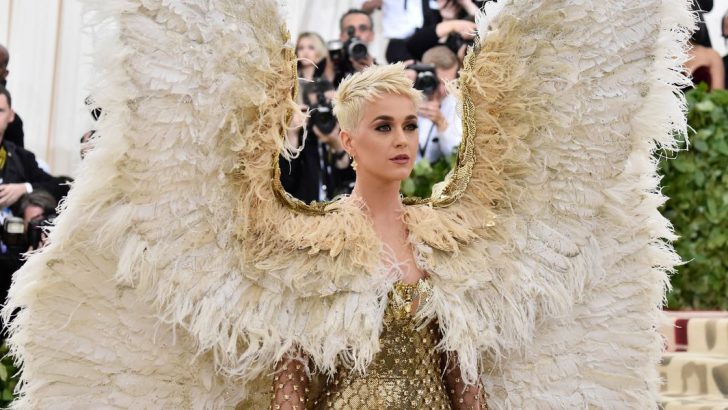Letter from America
Claire Giangravè
Not everyone’s got it. For that matter, not all of those previewing the May-October Met exhibit on the Catholic imagination bought the curator’s pitch that the show was building a bridge between culture and faith.
Not everyone, but some, looked at the opulent vestments on loan from the Vatican and whispered in hushed voices: “look at the rich extravagance of the Church!” and “this is not the right venue for Catholic Church.”
Again, not everyone got it. But many, gasping in awe before the creative power of the Catholic narrative, did.
“To me, the idea of beauty and aesthetic can bridge the gap between the believer and the non-believer,” said Andrew Bolton, curator of the Metropolitan Museum’s Costume Institute, in an interview with Crux.
The biggest exhibit of its kind in the history of the museum – with over 110 items on display – was carefully prepared and presented by its curators. Divided in three sections, the show pays caring homage to the longstanding tradition of Catholicism influencing fashion and vice-versa.
“Many of the garments that are now used in the Catholic Church originally came from secular dress,” Bolton said. “I love the fact that secular dress informs religious dress, which in turn influences secular dress, so there is a nice cycle.”
Divine nature
In the Anna Wintour Centre downstairs, the 40 liturgical vestments on loan from the Sistine Chapel sacristy, some of which have never left the Vatican, showcase the divine nature of fashion when it comes to Mass, which is functionally the Catholic runway.
The gold-threaded religious vestments, some of which were sown in over 60 days by 12 petite-main – or little hands – are kept away from the designer’s reinterpretation of Catholic art in a show of reverence and respect.
The fashion designs, which vary from heavy crimson draped robes to ethereal taffeta dresses, were kept in two separate locations.
The more minimalist and monastic styles were hosted in the Medieval cloisters, located in a branch of the Met in lower Manhattan, while the more extravagant and provocative looks were on display in the Lehman and Medieval galleries of the Met.
All the pieces are placed with detailed descriptions of the religious clothes and habits that inspired them and in dialogue with some of the artistic treasures of the museums.
“People get a chance to look at the role that vestments have played over time, not only in contemporary society in terms of high fashion but also how important dress was in the Middle Ages as a way of indicating the extraordinary status of an event into our specific individual,” said Griffith Mann, Curator in charge of the Met’s department of medieval art and cloisters.
“To see it within the context of our art collection is very exciting because we have been able to create pairings between objects that have been gathered together as part of the fashion show with works of art from our own collection that speak to them or have a special relation with them,” he added
Mann pointed to a micro mosaic on display in relation to a Versace jewel crusted bustier to make his point, adding that it was the goal of the museum to present Catholic inspired art and fashion “to bring them together in a meaningful way.”
The medieval art expert said that in his field, religion and art often goes hand in hand, and that it wasn’t much of a challenge for him and his team to be respectful toward the Catholic faith and provide an authentic experience for the attendees.
“We are accustomed as medieval curators to thinking about the role of religion and visual arts as kind of two sides of one coin,” Mann said, adding that once Bolton was able to provide a list of the pieces loaned by the Vatican and the fashion world it was a case of figuring out the best pairing.
For Bolton, the exhibit was an experience of learning about just how many respected and high-profile designers were and continue to be inspired by Catholic imagery.
“Once I came up with a concept and the designers, I did more research on their faith, and about 90% were actually born or raised Catholic,” he said. “I just found that fascinating!”
The power of Catholicism, according to Bolton, is its narrative, where complex topics such as the incarnation, are told through compelling stories that stick in the mind of faithful and not faithful alike.
Not all of the reporters and fashion-lovers attending the press preview of the exhibit were willing to jump on the wagon of Catholicism’s powerful storytelling, but many gawked and marvelled before the Church’s millennia-old ability to inspire beauty – and, why not, even faith.
Claire Giangravè is faith and culture correspondent with Crux, www.cruxnow.com


 Singer Katy Perry arrives at the Metropolitan museum of Art in New York for the exhibit 'Heavenly Bodies: Fashion and the Catholic Imagination'
Singer Katy Perry arrives at the Metropolitan museum of Art in New York for the exhibit 'Heavenly Bodies: Fashion and the Catholic Imagination' 